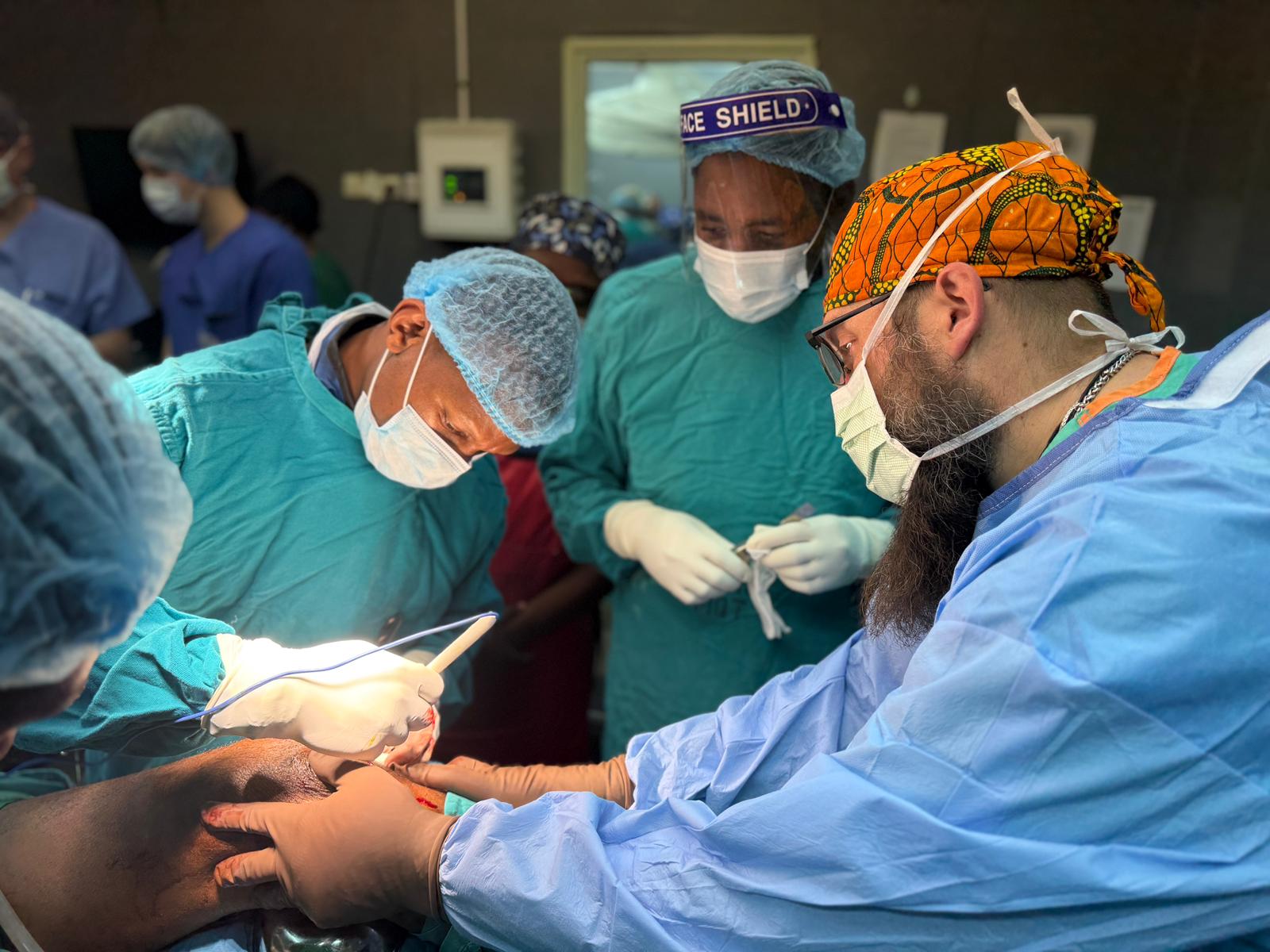Good morning! my posts have been fairly scarce this trip. As I’ve looked back on previous blogs, I don’t know if there’s a whole lot more to add on the daily routine. While there are changes every year, the basics of rounds, morning report, and OR visits are unchanged.
However, change is in the air. There is certainly progress, and at times progress has proved hard for our team.
The orthopedic department here has increased in size. There are approximately twice as many staff physicians as last year. This of course created procedural change. It is much more common for staff physicians to attend surgeries in the operating room. In past years, it was not uncommon for volunteer physicians to work directly with the residents. While I wholeheartedly 100% feel this is a positive change, it has altered the way we, as volunteers, interact with staff surgeons.
Appropriately, the local physician is the person in charge in the operating room. Sometimes, however, that creates a conflict, especially if the resident scheduling the case has a surgical plan with a volunteer, that is at odds with the plan that the local staff would typically have done. My team has learned, sometimes the hard way, to navigate these new waters. Communication channels are improving. In the end, we are working toward a more collaborative plan, and this past week has seen improved cooperation.
The hospital here is also working hard to develop sustainability. In orthopedic terms, this means having the ability to provide implants and independently replenish stock for their patients. They correctly note that reliance on donations does not allow for their own eventual independence. Donations are a unpredictable source of supplies. However, this has created conflict as they have discussed charging for the donated implants. This idea flies directly in the face of the humanitarian efforts of donation of time and products. With discussion, we have been able to create a plan that allows for continued free use of donated implants for those in need. The hospital, meanwhile, can construct a revenue stream with their insured patients paying for commercially provided implants to work towards further sustainability of their own system.
While hard, these are all great issues to have! The progress here of moving towards independence, and a sustainable orthopedic implant stream is certainly an appropriate long-term goal. I, however, was not prepared for the growing pains that that would create for the volunteers. Again, I would stress that these are good growing pains. It is just an example of how international volunteer work can have blind turns and surprises in areas that you least expect.
Talk with you all soon.
